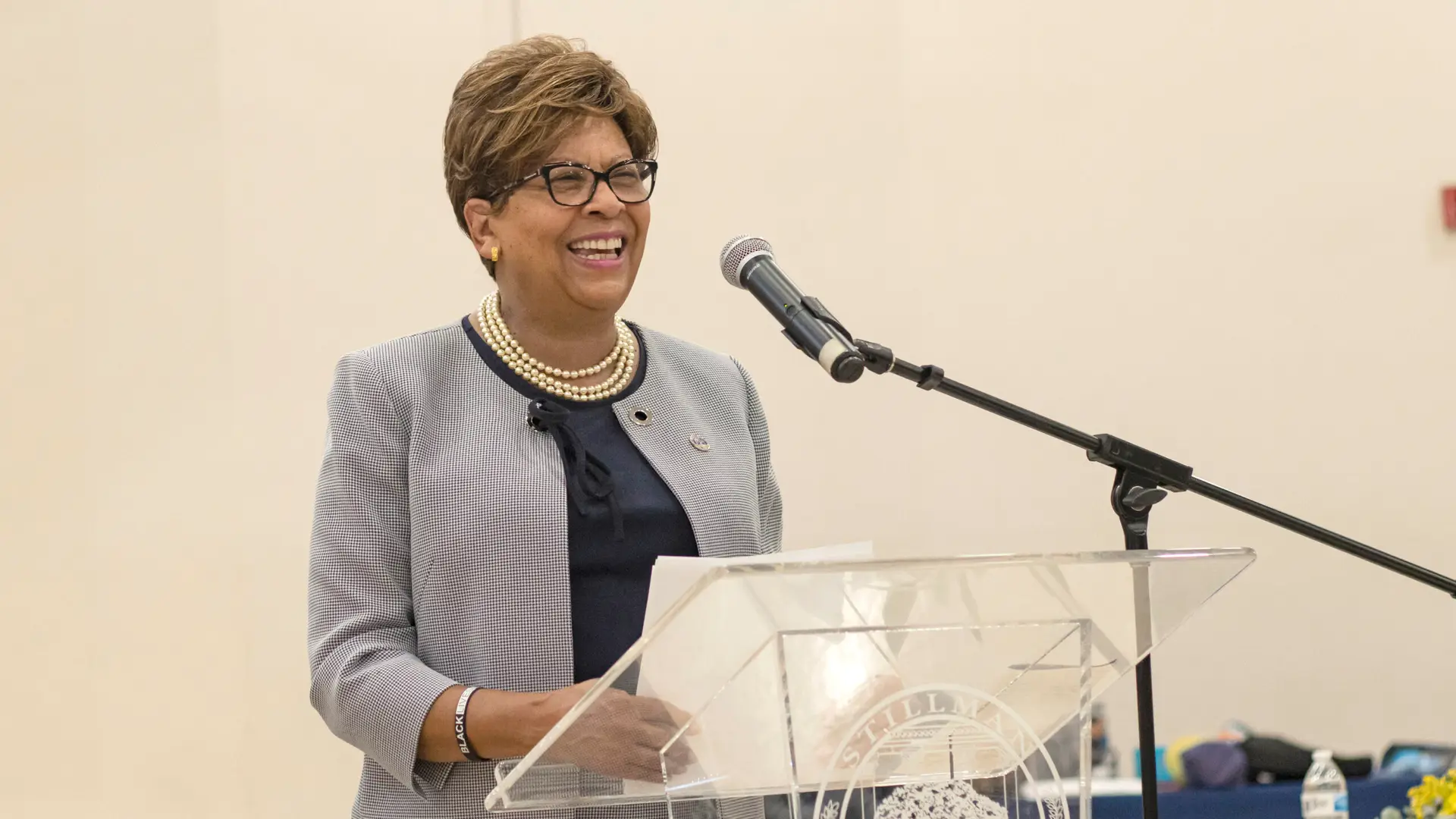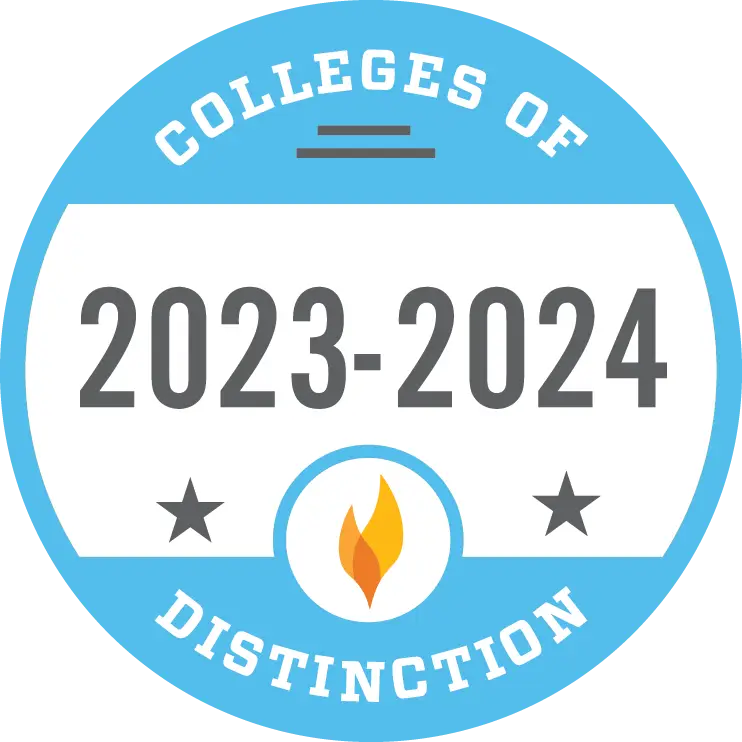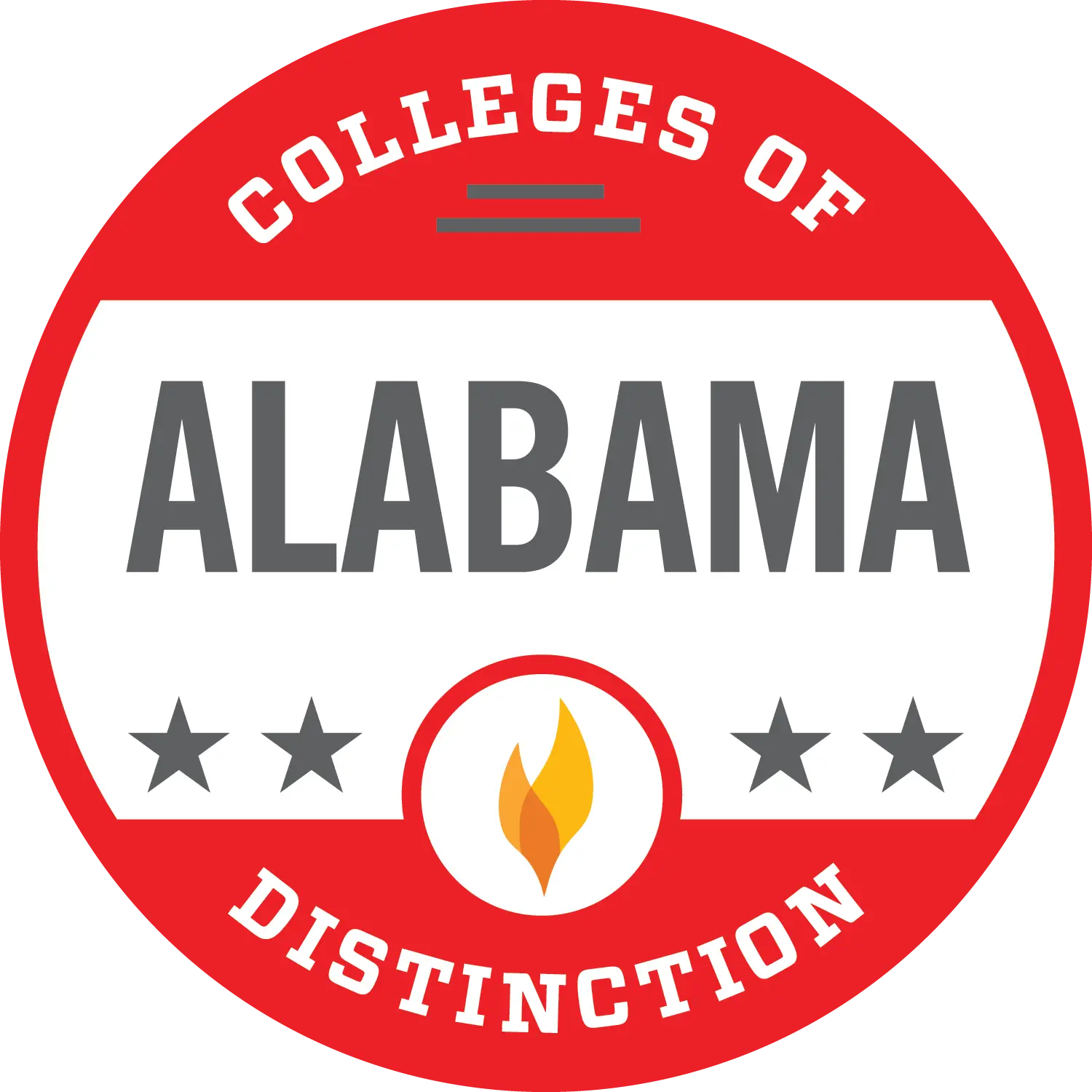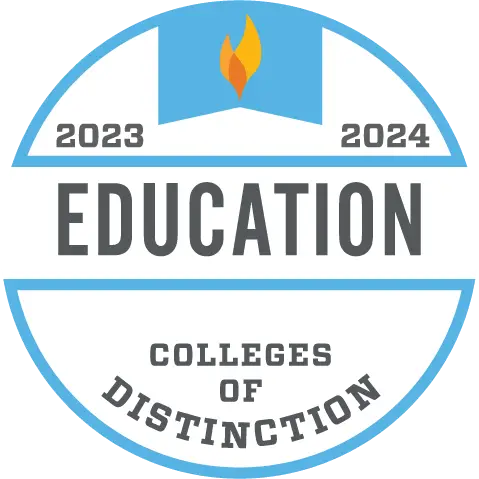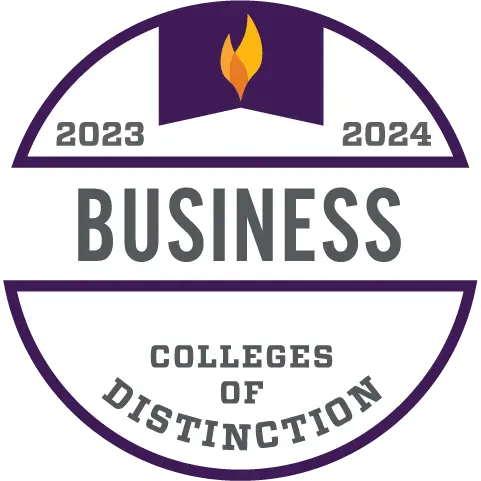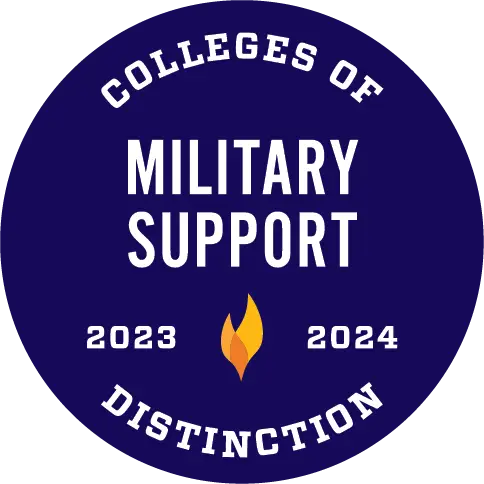A Message from The President:
Dear Stillman campus, community, and stakeholders,
Graduation is the most important ceremony that colleges and universities conduct. On May 6, 2023, at 9 a.m., 95 Stillman students were recognized for staying the course in the College’s 147th Commencement.
This graduating class represents all aspects of diversity; they range in ages in their 20s and 50s, and many are the first in their families to graduate with a bachelor’s degree. Some are parents, and their children have witnessed their daily dedication and commitment to achieving their dream. Sixty-seven percent (67%) of our Class of 2023 graduated with honors, and most represent organizations and institutions – athletics, band, choir, student government, Greek fraternities and sororities, and service organizations – clocking thousands of hours in service to the campus and the community. In the liberal arts tradition, all Stillman graduates have developed, presented, and defended a senior thesis, and most of our graduates are from Alabama. They have worked hard to achieve this milestone, while also working their way through college in full-time and part-time jobs to support their needs and their families.
This class persevered through the COVID-19 pandemic, finishing their degrees in as little as two years while others took longer. Two seniors serve on the Honda Campus All-Stars Challenge Quiz team that won the National Championship, demonstrating the academic excellence of a Stillman education. Most of the graduates will go on to attend masters and doctoral programs; some have already committed to Harvard University, Tulane University, and the University of Alabama.
However, there are organizations that do not accurately represent the impact that a Stillman degree has on the community, the state, and the nation. Chief among these organizations is the U.S. News Best Colleges rankings, which do not accurately measure and portray the value of a Stillman College education, nor the tremendous investments and outlook for our future, as we reshape our liberal arts profile to align with emerging workforce trends, like cybersecurity and data analytics.
I write and share this letter to inform our students, alumni, community, and stakeholders that Stillman College will withdraw from the U.S. News Best Colleges Rankings, effective immediately, for the following reasons:
- Incomplete metric of graduation rates
The U.S. Department of Education measures a school’s graduation rate by a school’s full-time, first-time degree- or certificate-seeking students who complete their degree or certificate within 150 percent of the published length (six years for a baccalaureate degree) of the program in which they are enrolled. The department has measured graduation rate using this calculation since 1996, by race and gender and type of institution. No matter the institution type, African Americans’ graduation rates are significantly lower than whites. Thus, institutions with larger percentages of African American students (HBCUs) have lower graduation rates simply by racial makeup. Using this calculation as a quality measure for institutions is not a matter of comparing apples to apples. Additionally, the socioeconomic status of the institution’s student population is another factor that explains lower graduation rates. Because Stillman’s student population is greater than 70% Pell eligible, students with lower socioeconomic status predict lower graduation rates; not the quality of instruction or environment. The National Science Foundation has reported annually that HBCUs graduate more African American STEM students and are responsible for producing the Black middle class in America; these outcomes are not represented in the U.S. News rankings. Stillman has found that the circumstances of poverty challenges these students to make decisions that call them in and out of enrollment. Yet, Stillman remains committed to them. How does U.S. News measure our commitment? I opine that it does not.
- Missing metrics for unique populations
The National Center for Education Statistics IPEDS data report that the graduation rate for female students is consistently higher than male students; and women make up nearly 60% of all college students today. Stillman’s male enrollment is currently 44%; the national male graduation rate is significantly lower than that of female students. Also, Stillman has over 100 students who are parents. We are committed to all our students’ success and support them through life’s happenings. Shouldn’t the graduation rate better reflect the characteristics of the student outcomes? Stillman should be rewarded points for attracting and retaining more male students to graduation, but this metric is not included in the ranking formulas.
- Graduation rates are misleading
Graduation rates are also a measure of retention, but there are other factors that should be considered, like the COVID-19 pandemic and its impact on small, private colleges. Additionally, the current cohort that the Department of Education uses to measure an institution’s graduation rate is the first-time, full-time freshmen in 2015. During that year, Stillman College was faced with severe financial challenges and the administration eliminated several athletic programs (football, baseball, basketball, tennis, volleyball, and track), causing an exodus of more than 200 students, with a 28% drop in enrollment. The rankings – based predominantly on graduation rate – do not explain Stillman’s drop in retention as a factor of student athletes’ transferring; instead, it is used as a measure of quality for our institution’s academic programs. Parents and students need to understand how the graduation rate is calculated; otherwise, they are misled into thinking that the rate represents the most recent class of graduates, rather than the first-year students of seven years earlier.
- Stillman: A growing community for transfer students
The Carnegie Classification is the leading framework for recognizing and describing institutions of higher education in the United States. Carnegie categorizes Stillman as a high transfer-in institution, with at least 20% of entering undergraduates as transfer students. Transfer students are not included in the U.S. News graduation rate calculation; thus, no credit is given in the rankings for transfer students. Including a metric that demonstrated the success of students who transfer into Stillman would be a more accurate assessment of the effectiveness of our programs and the success of our students overall.
- Standardized testing and the issues of resources and access
We made Stillman’s admissions test-optional in 2018 because African Americans average the lowest scores on the ACT and SAT. Most African American students do not have the benefit of test prep programs in middle and high schools, and most parents of first-generation college students are not aware of these programs. Additionally, families with low socioeconomic status do not have the resources to put toward this luxury. We also noticed that African American high school students at college fairs expressed anxiety over whether they could attend college because of what was considered an unacceptable test score. Basing admissions on GPA and not requiring standardized tests for admissions aligns with our mission to provide opportunities for diverse populations.
- Stillman is a leader in social mobility for HBCUs
According to the NSF’s National Center for Science and Engineering Statistics report on Baccalaureate Origins of US Research Doctorate Recipients, Stillman College graduates earned 36 doctorates between 2010 and 2020. Among undergraduate HBCUs, Stillman ranks in the Top 20 for this prestigious outcome. Yet, U.S. News does not take this outcome into its ranking calculations. Social mobility is only 5% of the rankings. Given our student makeup and size, Stillman deserves recognition for exceptional social mobility.
We are recommending that the U.S. News and World Report Best Colleges Rankings create an independent task force including outside stakeholders to reevaluate the indicators used in developing the rankings. By incorporating factors that promote success at HBCUs like Stillman College, our students’ achievements and impact will be appropriately valued.
Sincerely,
Cynthia Warrick, PhD RPh
President

